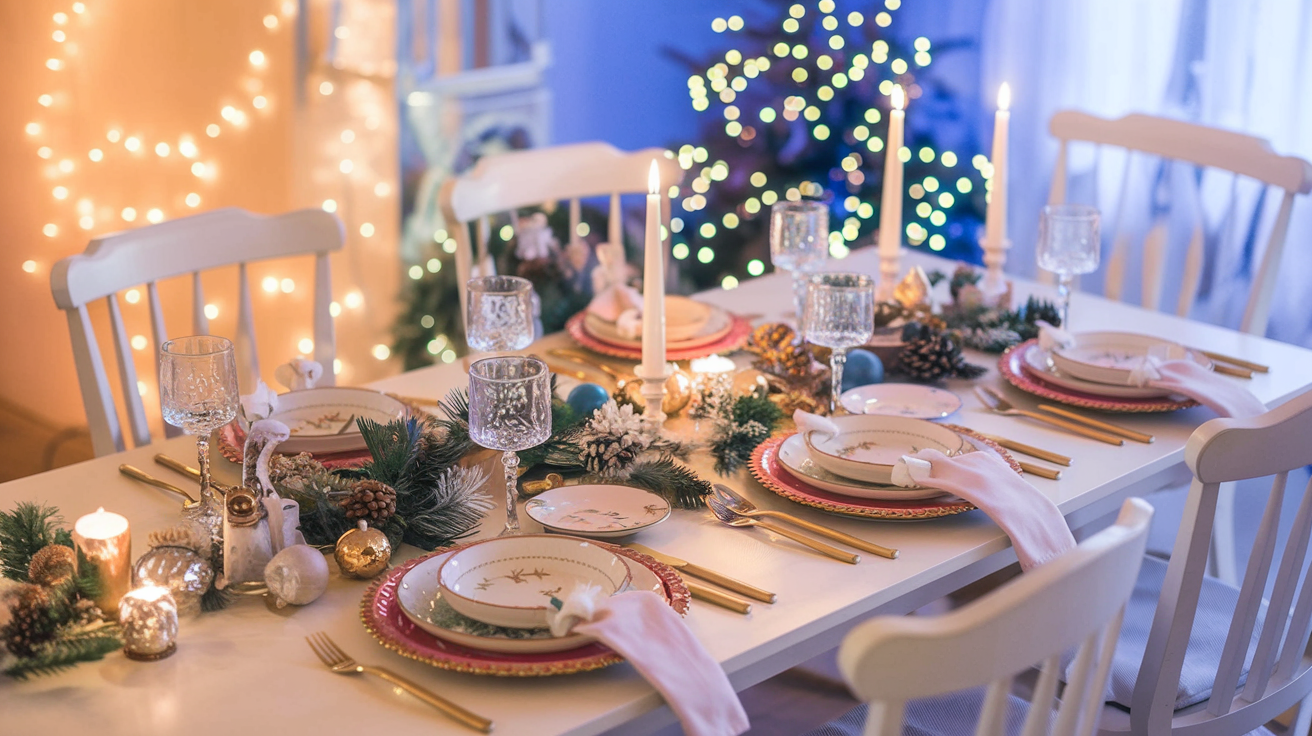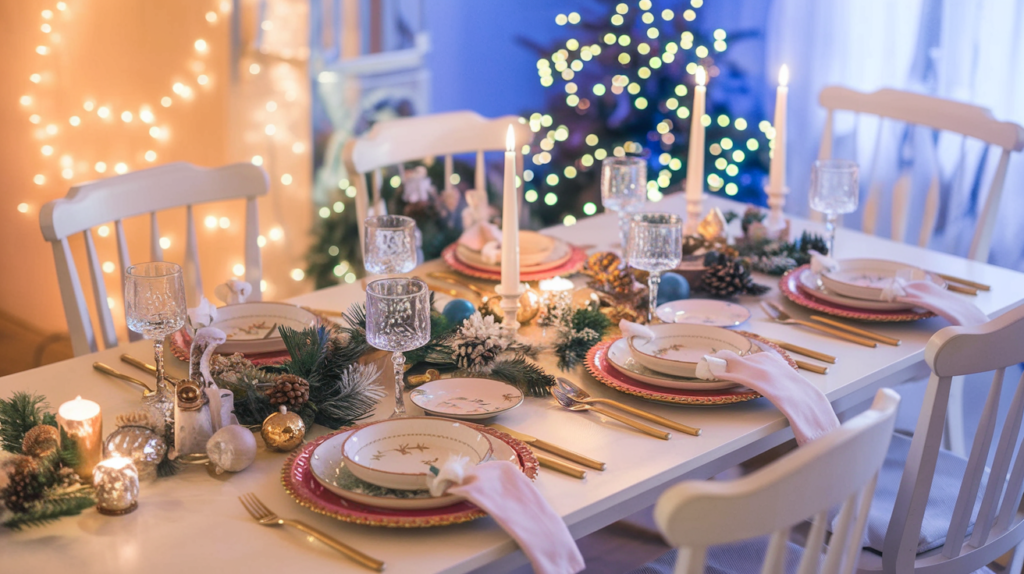
The holiday season is fast approaching, and hosting a festive celebration can feel both exhilarating and daunting. Whether it’s an intimate family gathering or a grand party, strategic planning is crucial for a smooth, stress-free event. But how do you start? What are the essential steps to creating a seamless holiday meal from start to finish?
In this guide, we share expert secrets to help you plan and execute a perfect holiday feast. You’ll learn how to develop a detailed timeline, curate a balanced menu, shop smart, and keep your kitchen organized. Let holiday meal planning be a fun and easy process this year—turning challenges into cherished memories.
Key Takeaways:

- Develop a detailed timeline to stay on track with holiday meal planning.
- Curate a balanced, flavor-packed menu using seasonal ingredients.
- Implement smart shopping strategies to maximize your budget and reduce stress.
- Ensure your kitchen is organized with the right tools and storage solutions.
- Master time-saving techniques to give yourself more time to enjoy the day.
Some blog articles may contain affiliate links to products or services for which we could receive a commission on transactions. A.I. generators may assist some of the content on this blog site.
Thank you for visiting our blog!
Getting Started: Essential Holiday Planning Timeline

Planning a memorable holiday feast requires careful thought and organization. Whether it’s Thanksgiving or Christmas, a well-constructed timeline is key to success. Here’s a breakdown of essential steps to ensure your holiday cooking schedule stays smooth and stress-free.
Two Months Before: Initial Planning Phase
The first step to a successful holiday meal is early preparation. Reflect on past holiday gatherings—what worked well and what could use improvement? Now is the perfect time to finalize your guest list, budget, and kitchen inventory.
Did you know that planning your holiday meal two months in advance can reduce stress levels by up to 50%? Early preparation is truly a game-changer.
Consider drafting a detailed holiday cooking schedule that will guide you through Thanksgiving or Christmas dinner planning, making everything feel less overwhelming.
One Month Before: Menu Development
With the holiday season drawing closer, it’s time to develop your menu. Include a mix of classic dishes and new options to keep things interesting. Review recipes, check ingredient availability, and make any necessary tweaks.
Make sure to take into account special diets and preferences your guests may have. By accommodating these needs early on, you can ensure everyone enjoys the meal.
When planning your menu, balance classic dishes like roast turkey with unique options like honey-glazed carrots with a twist of ginger. This will give your guests a mix of comfort and excitement.
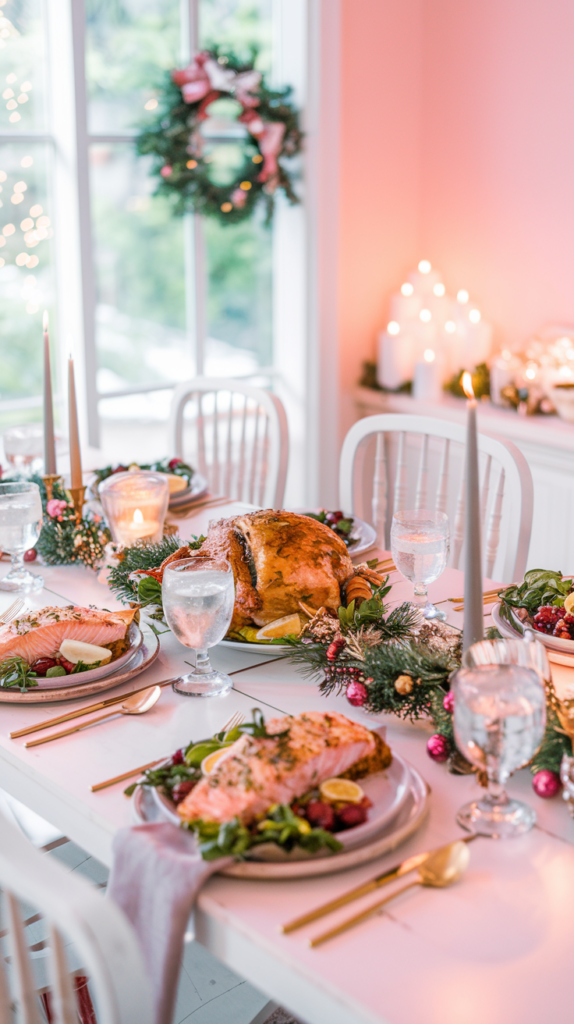
Two Weeks Before: Shopping and Preparation
With your menu ready, begin tackling your shopping list and prep work. Create a detailed grocery list, and plan your shopping trips strategically to collect all needed items. Start prepping dishes that can be made ahead of time.
By following this holiday planning timeline, you’ll create a Thanksgiving or Christmas meal that’s both delicious and enjoyable—without the last-minute panic.
Freeze pie crusts, cookie dough, and other make-ahead items to cut down on preparation time closer to the big day.
Building Your Perfect Holiday Menu

Creating a holiday menu can be both a challenge and an exciting opportunity. Mixing old favorites with new creations makes for a meal that everyone will love.
Traditional vs. Modern Menu Options
Many families hold dear their classic holiday recipes—think roast turkey, stuffing, and pumpkin pie. While traditions are comforting, don’t be afraid to add a modern twist to your menu. New, fresh dishes with seasonal produce can give your celebration a special flair.
Did you know that stuffing, or “dressing,” has been a part of holiday feasts since the Roman Empire? Adding cranberries or nuts can give it a fresh, modern twist.
Balancing Flavors and Textures
The key to a memorable holiday meal is a variety of tastes and textures. A balance of savory, sweet, and tangy flavors combined with different textures will excite your guests’ taste buds. Experiment with diverse cooking techniques to keep things interesting.
Consider serving a crunchy salad, a creamy casserole, and a tart cranberry sauce for a mix of flavors and textures that will keep guests coming back for seconds.
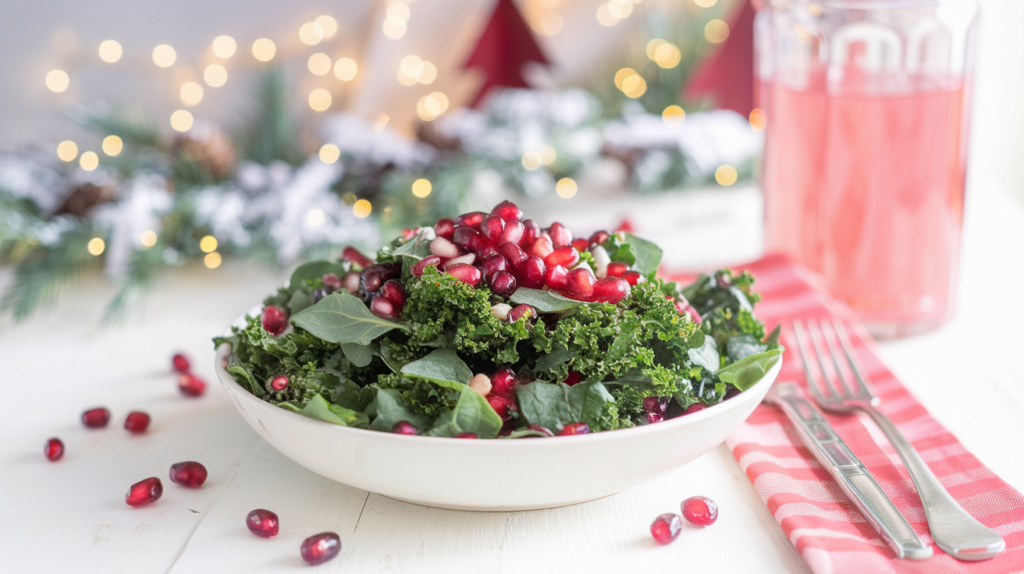
Incorporating Seasonal Ingredients
Using seasonal ingredients will enhance both the flavor and festiveness of your meal. From hearty winter vegetables to bright citrus, seasonal produce adds that extra holiday touch.
Seasonal produce not only tastes better but is often more affordable. Winter squash and Brussels sprouts are perfect for a festive feast.
Smart Shopping Strategies and Budget Management
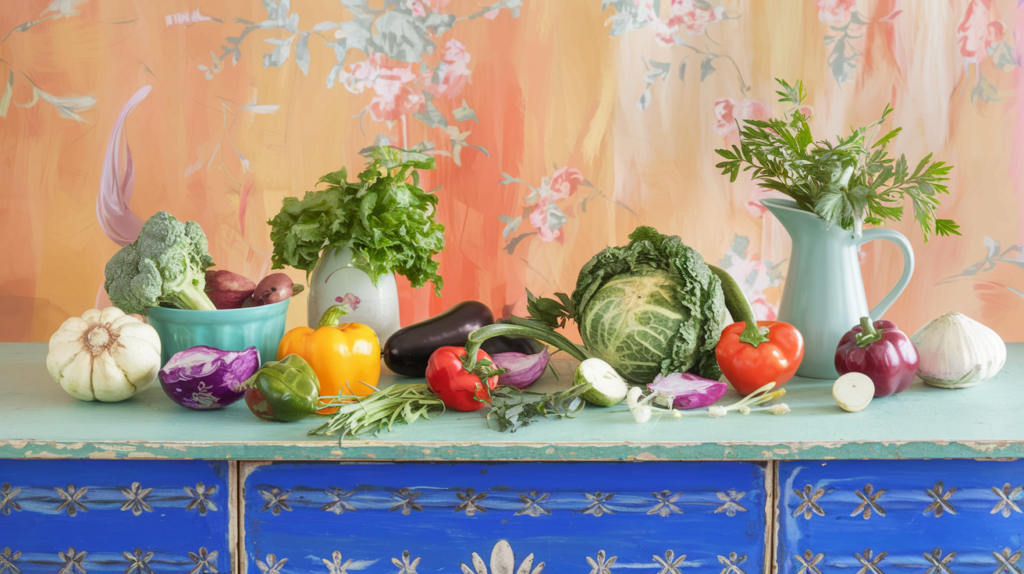
Managing a holiday meal budget can be a daunting task, but with some strategic planning, you can stay on track and still impress your guests.
Holiday Portion Planning
Accurate portion planning is critical to avoid overspending. By estimating the number of guests and how much they’re likely to eat, you can control both the quantity of food and your spending. Proper portion planning ensures there’s plenty for everyone without excessive leftovers.
A simple way to calculate portions is to use the “One Pound Rule” for protein—plan for one pound of meat per person to ensure there’s enough to go around.
Savvy Grocery Shopping Tips
- Create a detailed grocery list based on your menu.
- Take advantage of early sales and coupons.
- Stock up on non-perishable items in advance.
- Buy in bulk for frequently used ingredients.
- Consider store-brand alternatives to save money.
With these strategies in place, your holiday shopping experience will be stress-free, and your budget will thank you.
Grocery stores often have the best sales on holiday staples, like cranberries and canned pumpkin, two weeks before major holidays. Stock up then!
Kitchen Organization and Equipment Preparation

A well-organized kitchen is essential for stress-free holiday cooking. Make sure you have the right tools and make efficient use of space to create a seamless cooking environment.
Essential Kitchen Tools Checklist
Before you begin cooking, verify that you have all the necessary tools:
- Sharp knives (chef’s knife, paring knife, serrated knife)
- Cutting boards for different uses
- Mixing bowls of various sizes
- Measuring cups and spoons
- Whisk, spatula, tongs
- Baking sheets, pans, and casserole dishes
- Slow cooker or Instant Pot
- Meat thermometer
Using a meat thermometer is one of the simplest ways to ensure your meat is cooked perfectly. It also helps prevent overcooking, which is a common holiday mishap.
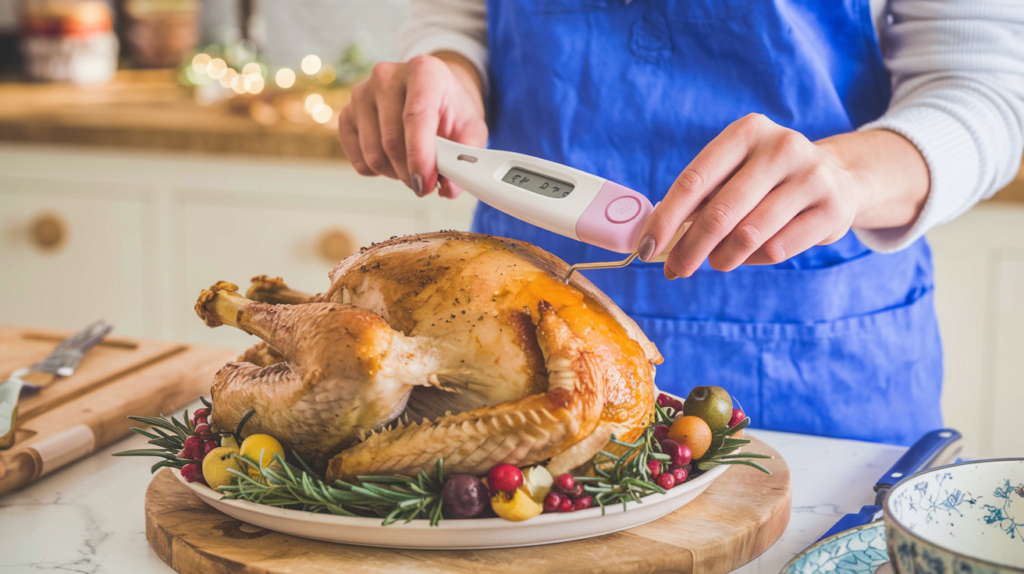
Storage Solutions and Space Management
Efficient storage can make all the difference:
- Use airtight containers to store dry goods and leftovers.
- Maximize space with stackable shelves or hanging racks.
- Declutter your kitchen by getting rid of seldom-used items.
- Designate specific areas for frequently used ingredients and tools.
Use mason jars for storing dry goods and label them clearly. It’s not only practical but adds a rustic holiday touch to your kitchen.
Time-Saving Techniques and Make-Ahead Dishes

Time-saving strategies can transform your holiday cooking experience. With good planning, you can prepare several dishes in advance, allowing you to enjoy the day instead of being stuck in the kitchen.
Make-Ahead Holiday Favorites
- Roasted Butternut Squash Soup: Prepare up to three days ahead and store in the fridge.
- Cranberry Sauce: Make two weeks in advance and refrigerate in a sealed container.
- Baked Mashed Potatoes: Prepare up to two days ahead and store in the refrigerator.
A well-constructed cooking timeline and make-ahead dishes can relieve much of the stress associated with holiday cooking.
Mashed potatoes can be kept warm in a slow cooker, freeing up stove space for other dishes.

Accommodating Special Dietary Requirements
Creating a holiday menu that caters to various dietary needs ensures that all guests feel welcome. Consider common restrictions, such as gluten intolerance, dairy-free, nut allergies, and vegetarian or vegan preferences. Thoughtful planning and ingredient swaps will make everyone feel included.
- Gluten-Free: Substitute almond or coconut flour for regular flour.
- Dairy-Free: Use almond or soy milk in place of dairy milk.
- Nut-Free: Sunflower seed butter is an excellent alternative.
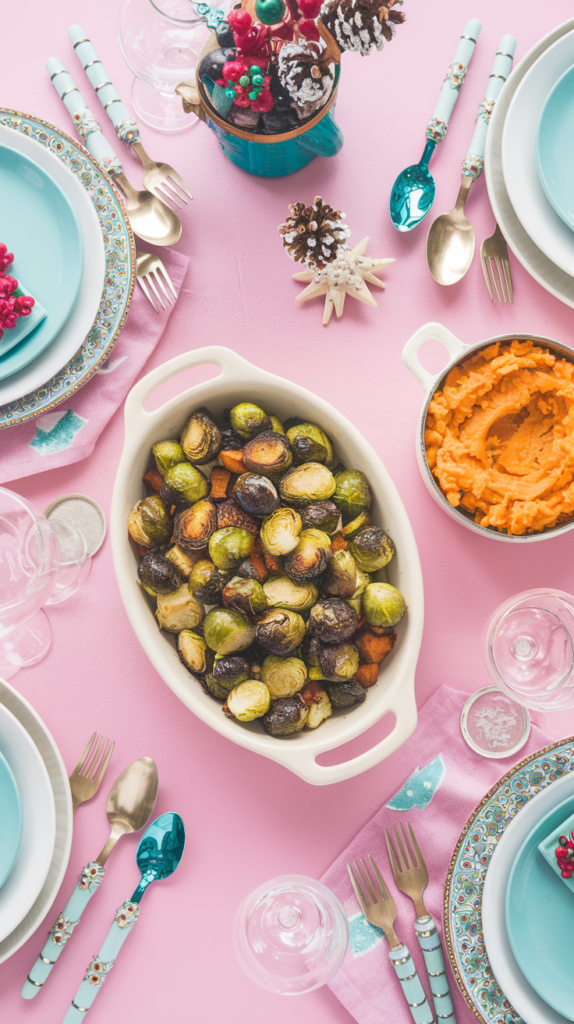
Be mindful of cross-contamination by using separate utensils and cooking areas for allergen-free dishes.
Did you know that coconut flour is high in fiber and adds a slight sweetness to baked goods? It’s a great choice for gluten-free holiday treats.
Day-of Execution Strategy
The big day has arrived, and it’s time to put your planning into action. Here’s a strategy to ensure everything runs smoothly.
Morning Checklist
- Preheat the oven and prepare baked dishes.
- Assemble and chill appetizers and desserts.
- Set the table with festive decorations and dinnerware.
Set the table the night before to save time and reduce stress on the day of the event.
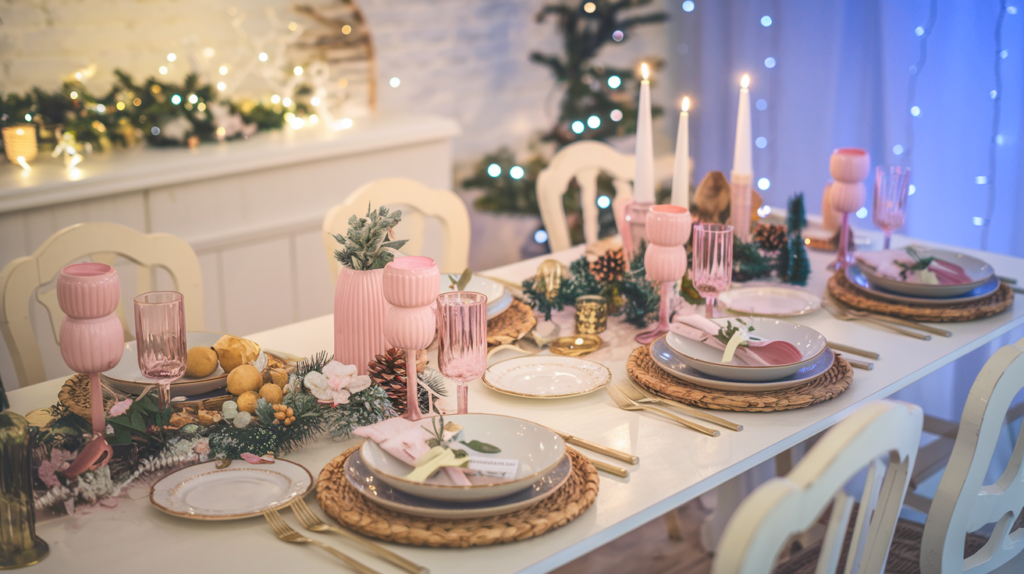
Mid-Afternoon Tasks
- Reheat any dishes that need to be served warm.
- Arrange and garnish each dish for an appealing presentation.
Garnishing dishes with fresh herbs like rosemary or thyme not only adds flavor but gives a beautiful, festive look to your meal.
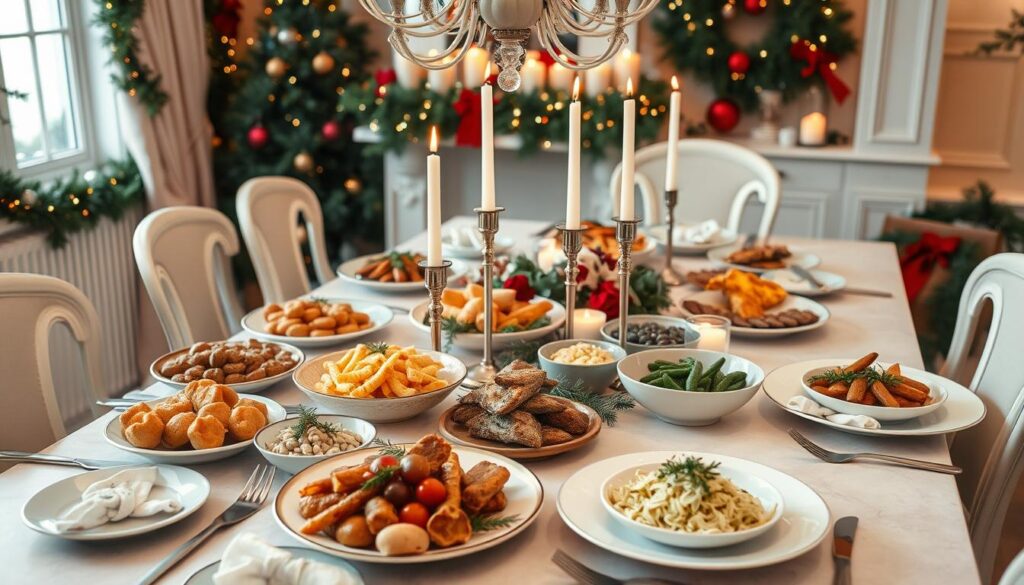
Just Before Guests Arrive
- Light candles and play festive music to create a warm, welcoming ambiance.
- Greet guests with a smile and a holiday cocktail or mocktail.
By following a detailed checklist, your holiday event will unfold seamlessly, allowing you to relax and enjoy the day.

Scaling Recipes for Different Group Sizes
When hosting a holiday gathering, determining how much food to prepare is key. Portion planning helps ensure every guest is satisfied without excess waste.
- Appetizers: Plan for 2-3 pieces per person.
- Main Dish: Allow 4-6 ounces of protein per guest.
- Side Dishes: Serve 1/2 to 1 cup per person.
Multiply the ingredients based on the number of guests and use proper measuring tools to ensure accuracy.
Use an online recipe scaling calculator to easily adjust your favorite recipes based on the number of guests.

Managing Kitchen Traffic and Delegating Tasks
Holiday cooking doesn’t have to be a solo venture. Assign tasks to family or friends to keep the kitchen running smoothly. Delegating responsibilities—such as prepping ingredients, monitoring the oven, or setting the table—will ensure the workload is shared, leaving you more time to enjoy the company of your loved ones.
Create a “kitchen command center” where everyone can see their assigned tasks and the timeline for the day. This keeps everyone on track and avoids confusion.

FAQs

When should I start planning my holiday meal? Start planning your holiday meal two months in advance to give yourself enough time for organizing, menu planning, and preparation.
How do I create a well-balanced holiday menu? A well-balanced holiday menu should include traditional favorites alongside fresh, modern dishes that use seasonal ingredients.
What are some smart holiday shopping strategies? Create a detailed grocery list, take advantage of early sales, use coupons, and consider store-brand items to stay within your budget.
How can I accommodate special dietary requirements for my guests? Be aware of guests’ dietary restrictions and make thoughtful ingredient substitutions. Ensure there’s no cross-contamination by keeping allergen-free cooking areas separate.
Some blog articles may contain affiliate links to products or services for which we may receive a commission on transactions. Some of the content on this blog site may be assisted by A.I. generators.
Thank you for visiting our blog!
